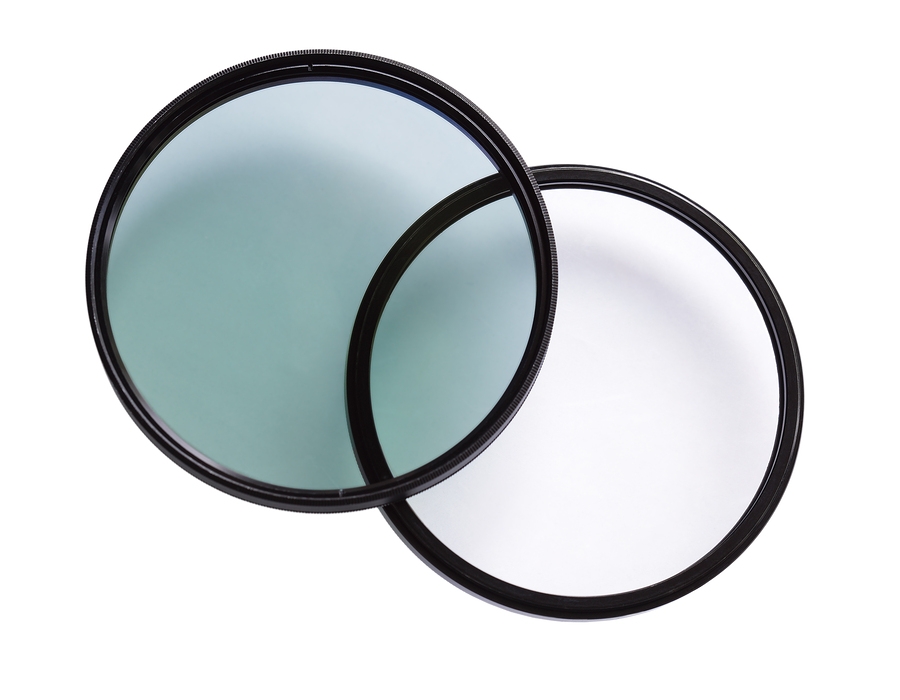

Be especially careful on the beach or in areas with snow because sand, water, and snow reflect sunlight, increasing the amount of UV radiation you get. UV rays reach the ground all year, even on cloudy or hazy days, but the strength of UV rays can vary, based on many factors (see above).

If you aren't sure how strong the sun’s rays are, use the shadow test: if your shadow is shorter than you are, the sun’s rays are the strongest, and it’s important to protect yourself. This is particularly important between the hours of 10 am and 4 pm, when UV light is strongest.
#BEYOND BLUE UV BLOCKER SKIN#
Wrap on sunglasses to protect the eyes and skin around them.Īn obvious but very important way to limit your exposure to UV light is to avoid being outdoors in direct sunlight too long.If you are going to be in the sun, “Slip! Slop! Slap! ® and Wrap” is a catchphrase that can help you remember some of the key steps you can take to protect yourself from UV rays: Simply staying in the shade is one of the best ways to limit your UV exposure. There are some simple steps you can take to limit your exposure to UV rays. And it would be unwise to stay inside if it would keep you from being active, because physical activity is important for good health. Even though sunlight is the main source of UV rays, you don’t have to avoid the sun completely. But sun exposure adds up day after day, and it happens every time you are in the sun. Some people think about sun protection only when they spend a day at the lake, beach, or pool. It’s also important to understand that some people are more likely to get skin damage from the sun, for a variety of reasons. For example, frequent sunburns in childhood may increase the risk for some types of skin cancer many years or even decades later. The pattern of exposure may also affect your skin cancer risk. Spending a lot of time outdoors for work or recreation without protective clothing and sunscreen increases your risk. People who live in areas with year-round, bright sunlight have a higher risk of skin cancer. Further information about the UV Index, as well as your local UV Index forecast, can be found on the EPA’s website at Other factors affecting UV exposureĪlong with the strength of the rays, the amount of UV exposure you get also depends on the length of time your skin is exposed, and if your skin is protected with clothing or sunscreen. The UV Index is part of many weather forecasts throughout the country. A higher number means greater risk of exposure to UV rays and a higher chance of sunburn and skin damage that could ultimately lead to skin cancer. The US National Weather Service and the Environmental Protection Agency (EPA) have developed the UV Index, which gives you an idea of how strong the UV light is in your area on any given day, on a scale from 1 to 11+. Reflection off surfaces: UV rays can bounce off surfaces like water, sand, snow, or pavement, leading to an increase in UV exposure.


(To learn more about the different types of UV rays, see Ultraviolet (UV) Radiation.) What affects UV exposure? UVB rays have more energy and are a more potent cause of at least some skin cancers, but both UVA and UVB rays can damage skin and cause skin cancer. The main types of UV rays that can affect your skin include UVA rays and UVB rays. People who get a lot of exposure to UV rays are at greater risk for skin cancer. Most of this exposure comes from the sun, but some can come from man-made sources, such as indoor tanning beds and sun lamps. Most skin cancers are caused by too much exposure to ultraviolet (UV) rays.


 0 kommentar(er)
0 kommentar(er)
